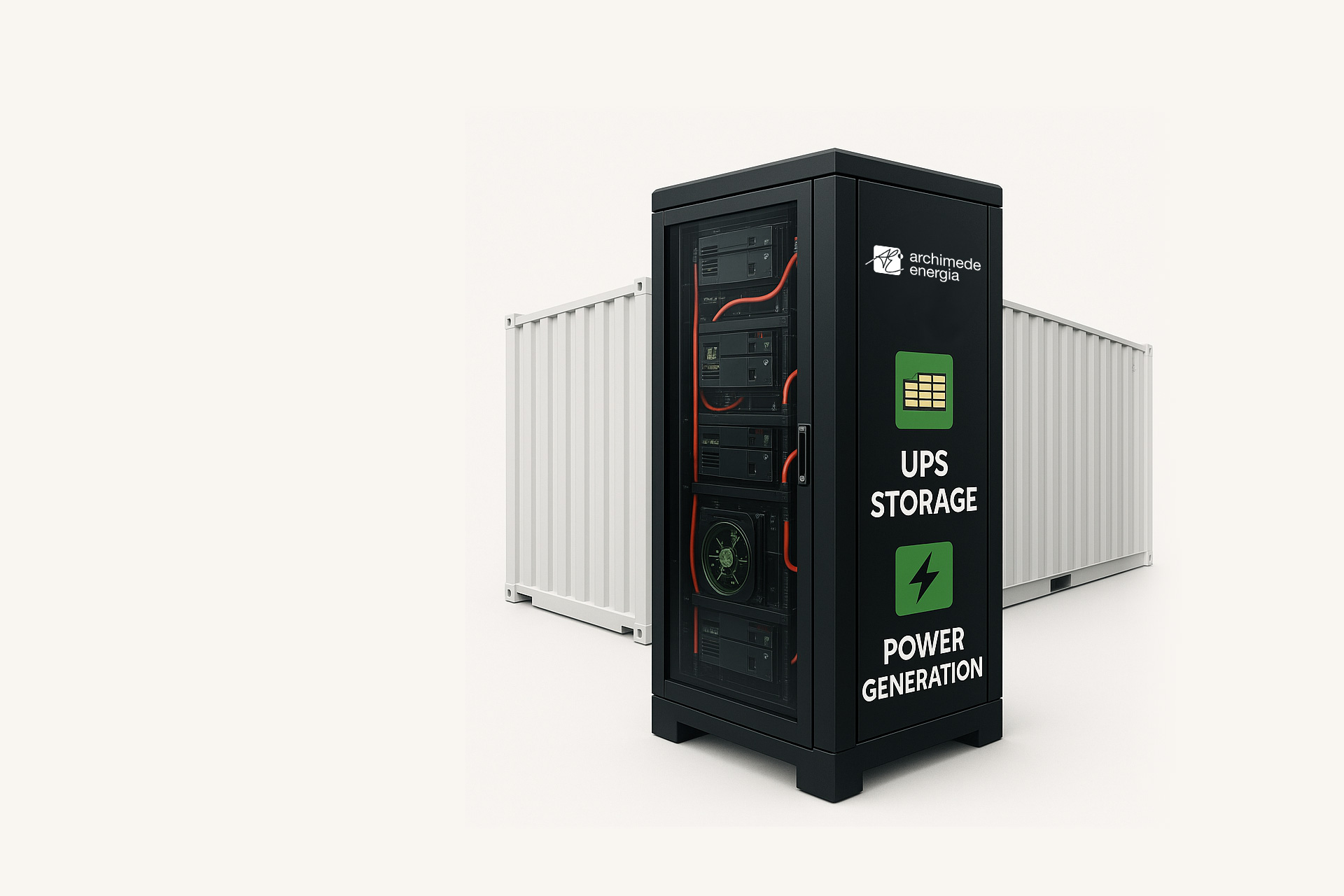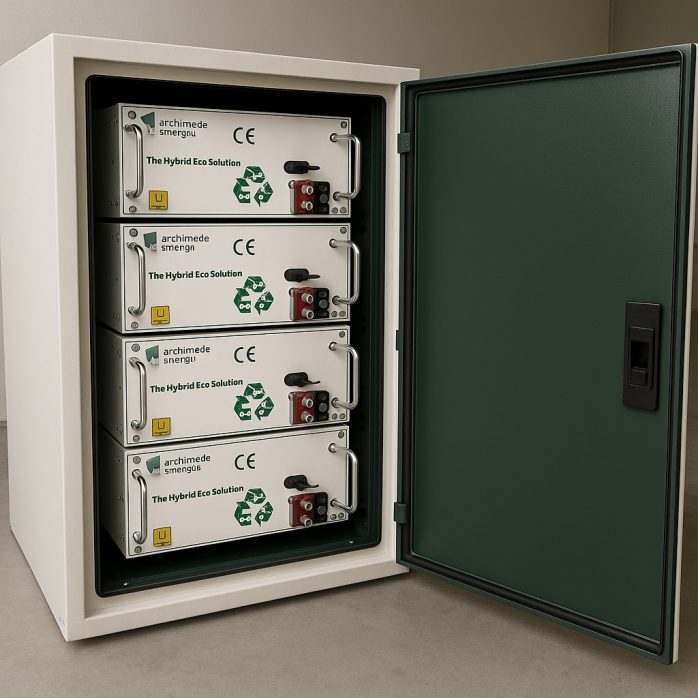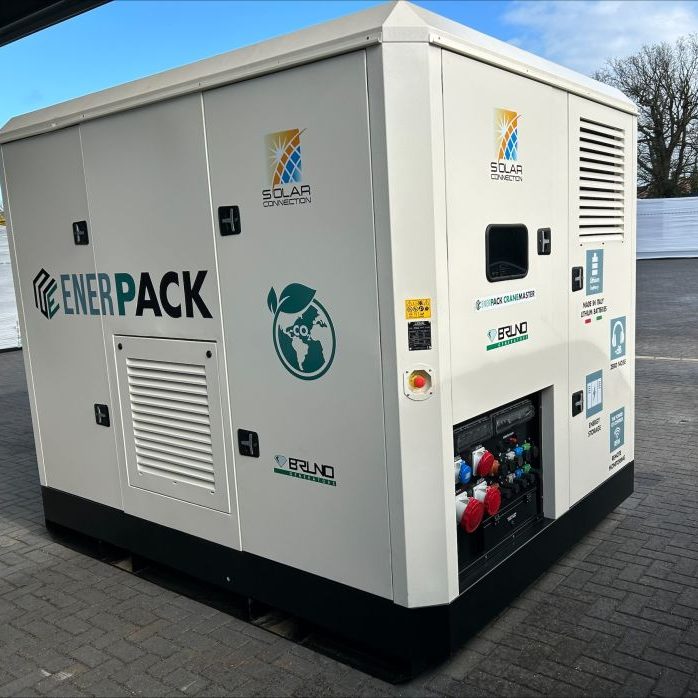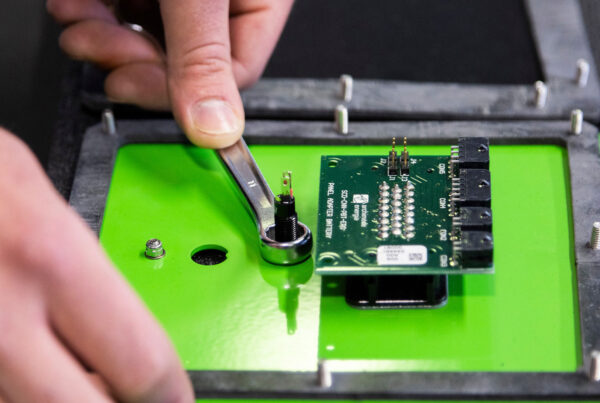Among the various battery classifications, a fundamental distinction concerns their mechanical design features. A battery is considered stationary when it is designed to be installed in a fixed location and not moved during use. These batteries lack mechanisms to counter mechanical stress, as their main purpose is to store large amounts of energy and release it through long-duration discharges. For this reason, they are often made using chemical technologies such as LiFePO₄.
Traction batteries, on the other hand, are generally more compact and must comply with specific safety standards, such as Regulation R100. Regulation R100 relates to the safety of electric vehicles, particularly high-voltage battery systems, and establishes requirements for:
- Mechanical safety (resistance to shocks and vibrations)
- Thermal safety (protection against overheating and fire)
- Electrical safety (insulation and protection against short circuits)
- Endurance tests (resistance to water, fire, overloads, etc.)
Their internal structure is designed to withstand mechanical stress (base plate for cell fastening and lateral strips to limit movement and apply pressure to prevent swelling), and they can be mounted on silent blocks to reduce vibrations and impacts. These batteries are used in vehicles, where high current peaks are required for short periods and with a limited number of charge cycles. For this reason, they are typically made with NMC chemistry.
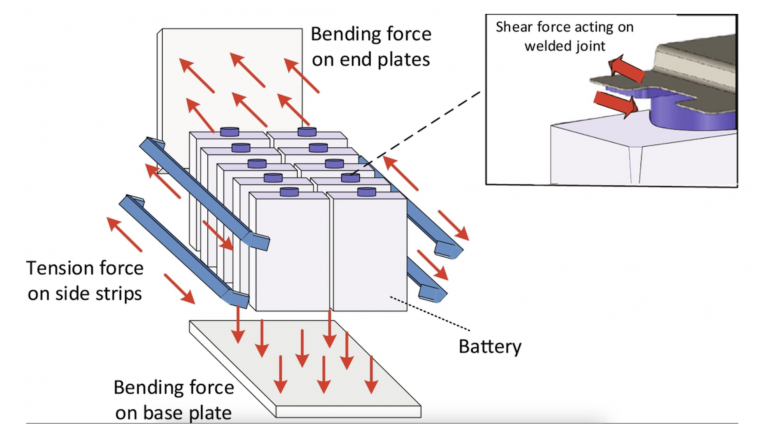
To simplify the concept:
- Stationary batteries can be compared to fuel tanks, intended for long-term energy storage.
- Traction batteries, on the other hand, are like vehicle tanks, designed to deliver energy dynamically.
- Finally, there are hybrid or semi-stationary solutions, such as batteries mounted on portable carts, which can be compared to tankers, combining characteristics of both types.
What are stationary batteries?
Stationary batteries are energy storage devices designed to be installed in a fixed location and remain operational for long periods without being subjected to significant movement or mechanical vibrations. Their main task is to store large amounts of energy and release it through prolonged discharges.
Unlike traction batteries, which must deliver energy peaks in short times, stationary batteries are designed to maintain a constant supply. For this reason, they are used in uninterruptible power systems (UPS), photovoltaic systems, data centers, hospitals, critical infrastructures, and industrial applications.
Which regulations govern the use of stationary batteries?
Stationary batteries are subject to safety standards and regulations to ensure reliable performance and protect people and environments. The main regulatory references include:
- IEC 60896: governs lead-acid batteries for stationary applications, focusing on lifespan, safety, and technical characteristics.
- IEC 62619: applies to rechargeable lithium-ion batteries intended for industrial and stationary use.
- CEI 21-91: sets general requirements for stationary lead-acid batteries.
- European Directive 2006/66/EC: establishes rules for the management and disposal of batteries, ensuring compliance with environmental standards.
- NFPA 855: specifies safety requirements for the installation of energy storage systems in buildings.
What is a semi-stationary battery and how does it differ from a stationary battery?
Semi-stationary batteries are an intermediate solution between stationary and traction batteries. While designed for long-term energy storage, these batteries offer greater flexibility and can be moved or transported as needed.
In practical terms, a semi-stationary battery is often installed on portable carts or in modular containers, enabling use in situations where both extended storage capacity and a degree of mobility are required.
Replacing a battery in an uninterruptible power supply (UPS)
Stationary batteries play a crucial role in UPS systems, providing emergency power in case of a blackout. However, like any component, UPS batteries have a limited lifespan and need periodic replacement.
The replacement procedure includes:
- Checking the model and compatibility of the new battery with the UPS system.
- Turning off the UPS and disconnecting it from the power grid.
- Removing the depleted battery and disposing of it according to current environmental regulations.
- Installing the new battery following the manufacturer’s instructions.
- Restarting the system and testing the battery to ensure it works correctly.
Trust Archimede Energia for reliable energy storage solutions
If you need a stationary battery for your system or are looking for tailored solutions for your UPS, Archimede Energia offers a wide range of high-performance storage units. Contact us for personalized advice and find the most suitable solution for your needs.


